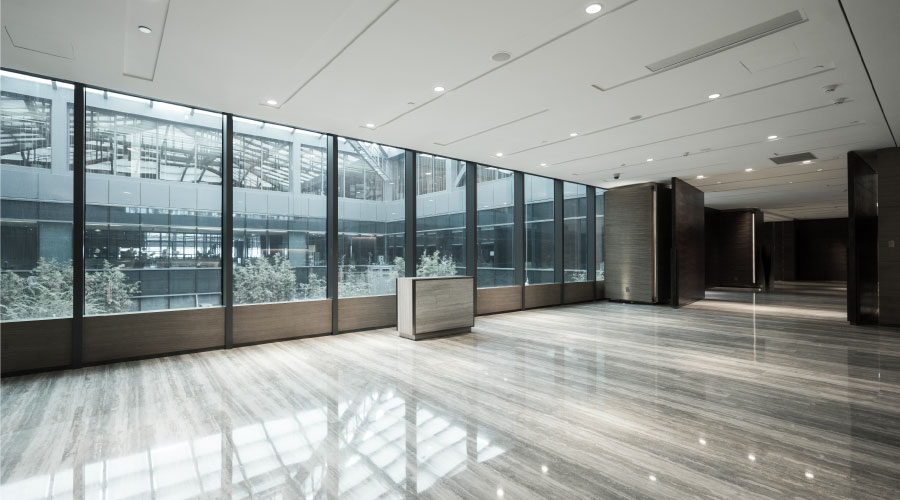Life-Cycle Costs of Flooring
Even though sustainability has taken on a larger role in flooring selection, it is only one factor in the decision-making process. As always, cost carries a lot of weight. But when life-cycle costs are considered, greener products can come out looking good. Bray has seen a move toward linoleum and rubber, based partly on life-cycle costs.
“The initial cost for VCT may be $1.20 or $1.50 per square foot, while rubber may be $4 or $5.50, and linoleum $3 or $4,” says Bray. “But if you look at the cost to maintain and clean the floor over 15 years, VCT will cost $24,000, versus $8,000 for (rubber). For both sustainability reasons and life-cycle costs, there may be a reason to make other choices.”
Of course, it can be difficult for facility executives to get the money for a product with a higher first cost and a lower life-cycle cost. That’s especially true in a recession, says Schmidt. However, most facility executives will wait to change a floor rather than settle for a solution that is cheaper but will not work for them over time, she says.
Modular carpet also has benefited from the growing interest in green. But once again, sustainability isn’t the whole story. A range of factors has led to the wider use of modular carpet instead of broadloom.
“Carpet tile was a premium product, and now the cost has come down,” says Smith. “Replacement is easier than for broadloom, and waste is less by comparison.” While some projects may require the lower price point of broadloom, corporate clients are going to modular carpet as the standard, according to Smith. “The last of the large carpet manufacturers that were known exclusively for broadloom are introducing carpet tile,” Smith says. At this point, every major carpet manufacturer offers modular carpet.
David Fuerst, co-owner of two Pro-Source showrooms in Southern California, points to another important benefit of modular carpet: “It’s easier to get it into a high-rise building.”
Modular carpet also has benefited from a long-term education process, says Schmidt. At first people misunderstood the product and thought it would or should look like broadloom and were disappointed to see seams. But now the seams are acceptable, and because of new patterns, modular carpet can look like a tile floor. Some patterns also minimize the visibility of seams and thus make it easier to replace a square without it being noticeably different from the rest of the floor.
Growing interest in modular carpet has led to new product options. Schmidt says that larger and more intricate patterns are available, along with the use of larger tiles — even up to 24-inch square.
Related Topics:














